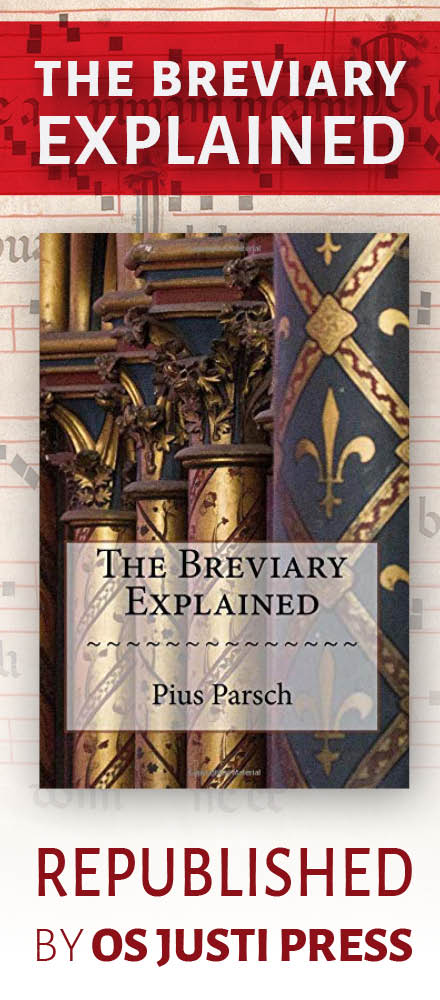My recent post on good renovations has brought forth other people. One of our German readers from Berlin sent in the following very encouraging photos.
Let's begin with a historical shot of St. Marien (St. Mary's) in Berlin taken in the late 1800's:
Lovely wall murals and beautiful windows beside the high altar.
Then came the 1960's and the murals were literally white-washed, the windows by the altar removed/covered and so forth. Here was the result (and as you can tell, this photograph was of recent vintage):
A lovely church in many ways still, but primarily because of the ornamentation which still remains.
The good news is, they have now restored the wall murals, the windows are back, the lighting replaced, the statuary back, and they've put an altar rail back in. Here is how the church stands today:
An interesting tidbit about how this happened. Apparently this church was sold by the diocese to a private couple, on the stipulation that it be able to be used still as a church by a parish in the diocese -- as is the case. It was the couple who pursued and paid for all these restorations.
An Allegory
Incidentally, for those trying to understand the goal of a reform of the reform, this provides a nice allegory. At the end of the day, while the building isn't identical in all aspects, and some revisions are present, its been substantially restored back much closer to its roots. Likewise, a reform of the reform won't end up with the 1962 Missale Romanum as its end product, but the point of it is to restore that greater continuity, like we can see in this restoration here. A highly worthwhile and necessary project.
Conversely, for those trying to understand the classical Roman rite in relation to the Council and the broader Church, consider that without the reference point that are the historical photos of St. Marien, the beauty of what this parish church was may have been lost or forgotten under that white-wash. They may have sensed something had been stripped away, but they wouldn't be able to restore the parish to what its founders had laboured over and grown. Similarly, a reference point or bridge back to our liturgical tradition (as something visibly lived) is fundamentally necessary to preserve and restore that tradition.
As a point of note, I often speak of this pragmatic angle of the classical Roman liturgy, but I don't want to suggest that the role of the classical Roman rite today is only to help the reform of the reform. It seems to me that the classical Roman liturgy has value in its own right, independently of the modern Roman rite. It serves as the spiritual food and sustenance of a great number of Catholics; priests, religious, families, children, young adults and so on. I believe this is how Benedict sees it as well.
One might say, but what of the Council? That is a legitimate question for the Council is not to be ignored. My thought is that we have to consider these matters in the light of our present day context as shaped by recent history. This is tied up in both the question of how the reforms were handled (or not), and also tied up with the faithful.
In our context there has been a rupture, liturgically and otherwise. But focusing upon the liturgy, the practical result of that is something like two uses of the one Roman rite. This fact has set us upon a particular path for the foreseeable future. This isn't a static affair as both will grow and develop. Eventually the classical liturgy will open itself up to the same kind of liturgical development that characterized it down the centuries. Likewise, the modern rite will find itself reforming the reform.
The Council isn't to be forgotten but its (proper) implementation (in a hermeneutic of continuity) seems now likely and necessarily to happen in this present day reality and context. Practically and pastorally, it is difficult to see any other way. If the immediate post-conciliar period had been handled well, then such wouldn't be the case. But since that isn't our reality, we now have a different context in which we work to address and implement the Second Vatican Council.




















